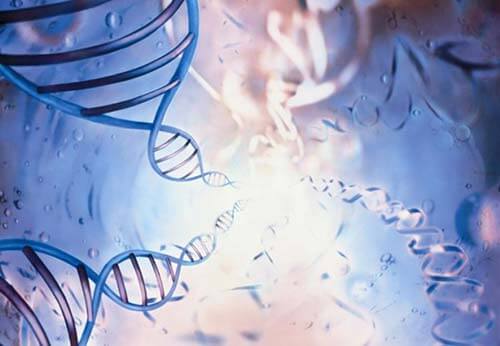Biography
Dr. Jaiswal recently identified a common, pre-malignant state for blood cancers by reanalysis of large sequencing datasets. This condition, termed “clonal hematopoiesis”, is characterized by the presence of stem cell clones harboring certain somatic mutations, primarily in genes involved in epigenetic regulation of hematopoiesis. Clonal hematopoiesis is prevalent in the aging population and increases the risk of not only blood cancer, but also cardiovascular disease and overall mortality. Understanding the biology of these mutations and how they contribute to the development of cancer and other age-related diseases is the current focus of work in his lab. Dr. Jaiswal is a recent faculty recruit to Stanford School of Medicine, and also obtained undergraduate, medical, and doctorate degrees at Stanford. Dr. Jaiswal subsequently completed residency and fellowship training in pathology at the Massachusetts General Hospital and Harvard Medical School.
Talk
Clonal Hematopoiesis: Linking Age-Related Inflammation to Cardiovascular Disease
Clonal hematopoiesis, an expansion of blood cell clones due to somatic mutations, is highly prevalent in aging, with greater than 10% of those older than 70 harboring a clone of significant size. We will discuss here the relationship of clonal hematopoiesis to blood cancers, its link to non-malignant diseases of aging, and the impact of these somatic mutations on immune function.
Session Abstract – PMWC 2020 Silicon Valley
Heart disease is the leading cause of mortality and morbidity in the world. As such, biomarkers are needed for the diagnosis, prognosis, therapeutic monitoring and risk stratification of acute injury and chronic disease. The presence of clonal hematopoiesis of indeterminate potential (CHIP) in peripheral-blood cells is associated with nearly a doubling in the risk of coronary artery disease. Researchers are using whole-exome sequencing to detect the presence of CHIP and evaluate potential therapeutic approaches. In another area, emerging technologies have made it possible to simultaneously evaluate a large number of circulating proteins as potential new risk markers.









